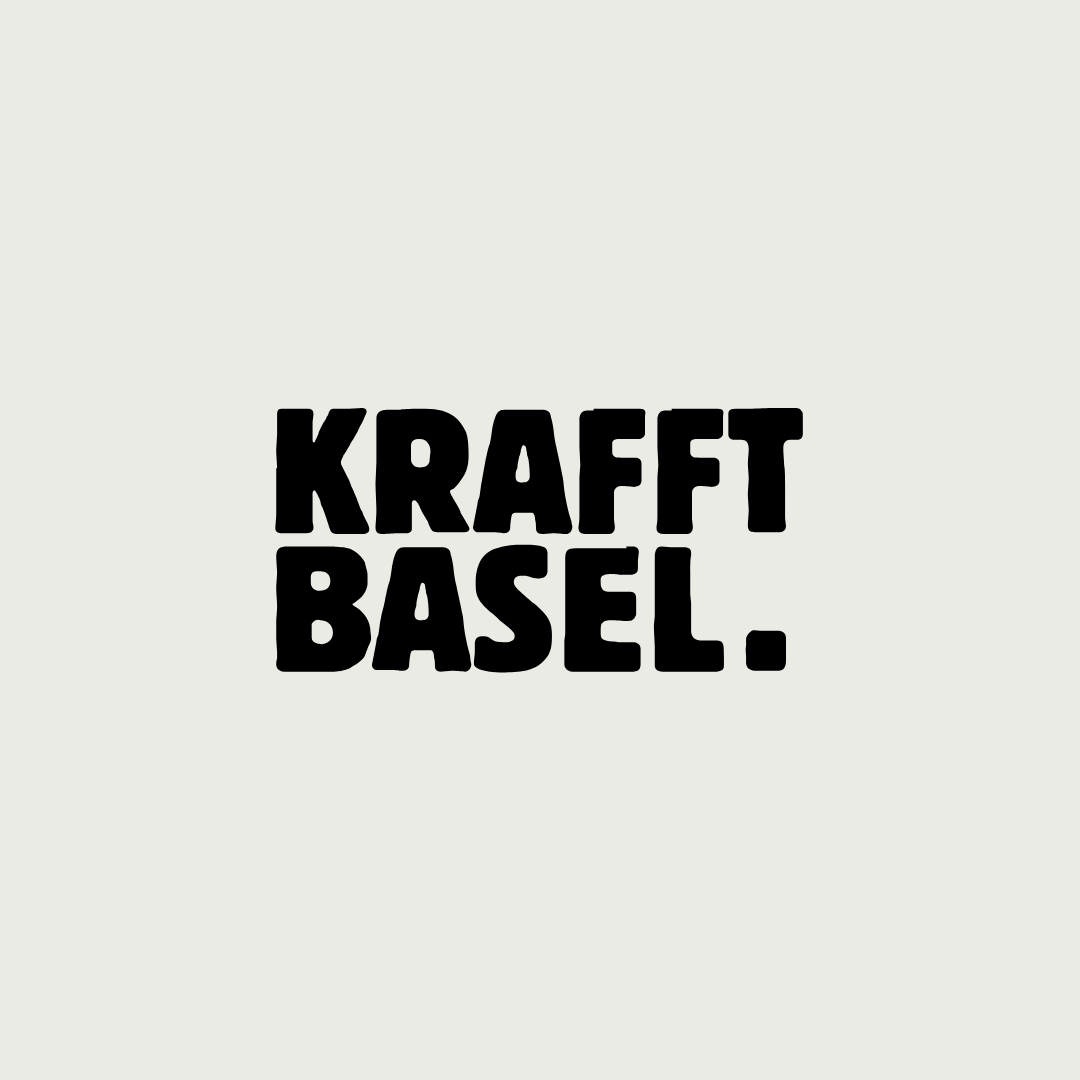Schöne Momente am Rhein
seit 1873
Once upon a time, three medieval houses were bought and demolished by Ernst Krafft during the spirit of optimism in 1872. The ambitious landlord had always wanted to be a hotelier too. Aimed, done. The architect Ferdinand Iselin created an imposing building with classicist features that had always been a hotel. In 2023, we will be celebrating the 150-year history of the Krafft and would like you to join us.
The History
Find out here why Krafft is spelt with two ‘f ’s and other legendary stories.
Gastfreundschaft seit 1873 (german)
Saga vom Rhein (german)
50s
—
Campari, Persil
& cars
Back then, when Campari and Persil advertisements lined the Rhine promenade, wisteria grew up the façade and you could enjoy the view of the Rhine from the balcony.
Back then, when you could get your hair cut next door.
Back when the promenade was busy and the terrace was a car park.
20s
—
Coco
Hermann Hesse's second wife, the Swiss Ruth Wenger, studied singing in Basel in the mid-twenties and stayed in the attic of the Hotel Krafft with her cat, dog and parrot Coco.
The lovely neighbour
—
Trudi
Trudi Hartmann, "die Seele der Rheingasse", in her legendary kiosk in the Rheingasse next to the Hotel Krafft.
"People come to me. That's easy. They don't have to look for me."
She has been doing so for over forty years. She has an ear for everyone and loves to tell stories.
Guestbook entry by Moritz Leuenberger
—
Hulk
"Das Hotel Krafft gibt
mir Kraffft"
Moritz Leuenberger was a member of the Swiss government, the Federal Council, from 1995 to 2010 and headed the Federal Department of Environment, Transport, Energy and Communications.
70s / 80s
—
Le Petit Bâle
"Completed in 1873, the house has been completely renovated retaining the original style but with all modern conveniences such as radio, television, direct dial telephone etc."
Brochure from the 70s / 80s.
At that time the restaurant was called "Le Petit Bâle".
70s / 80s
—
Zem
Schnooggeloch
Hidden today, the three heraldic figures "Vogel Gryff", "Wilde Maa" and "Leu" adorned the wall at that time—a fresco by the Basel painter Otto Abt from 1953.
2006
—
Old House
For the eleventh time, the Icomos Foundation (International Council for the Conservation of Historic Monuments) has awarded the title "Historic Restaurant or Hotel". For the first time, a city hotel, the Hotel Krafft in Basel, has received the award. In awarding the prize, the jury acknowledged the careful use of resources and consideration for the building fabric, typology and furnishings worthy of preservation.
2006
—
Young crew
"We actually only do what we enjoy and are still rewarded for it."
Andi Steiner, Sabine Auciello, Catherine and Franz-Xaver Leonhardt
Guestbook entry by Dimitri
—
Clown
Dimitri was one of the greatest clowns, who not only made the audience laugh with his poetry and his big heart, but also deeply moved and touched them.
Guestbook entry by Hannelore Elsner
—
Queen
She was not always easy, but always great—Hannelore Elsner was Germany's character actress.
Rhine promenade
—
"You can take very nice leisurely walks along the banks of the Rhine.
No matter what time of year, it's always beautiful."
August Macke
—
Art
Cover illustration: August Macke
Spiegelbild im Schaufenster (detail), 1913
Hermann Hesse
Der Steppenwolf, 1927
Story
Suhrkamp Verlag
Hermann Hesse
—
Writer, Poet & Painter
The novel Der Steppenwolf, first published in 1927, established Hermann Hesse's worldwide fame and is the book that triggered the international renaissance of its author in the 1960s and 1970s.
Hermann Hesse was also writing the novel Der Steppenwolf in room 401 at the time when he was staying at the Hotel Krafft.
Hermann Hesse, born on 2 July 1877 in Calw, died on 9 August 1962 in Montagnola near Lugano. He was awarded the Nobel Prize for Literature in 1946.
